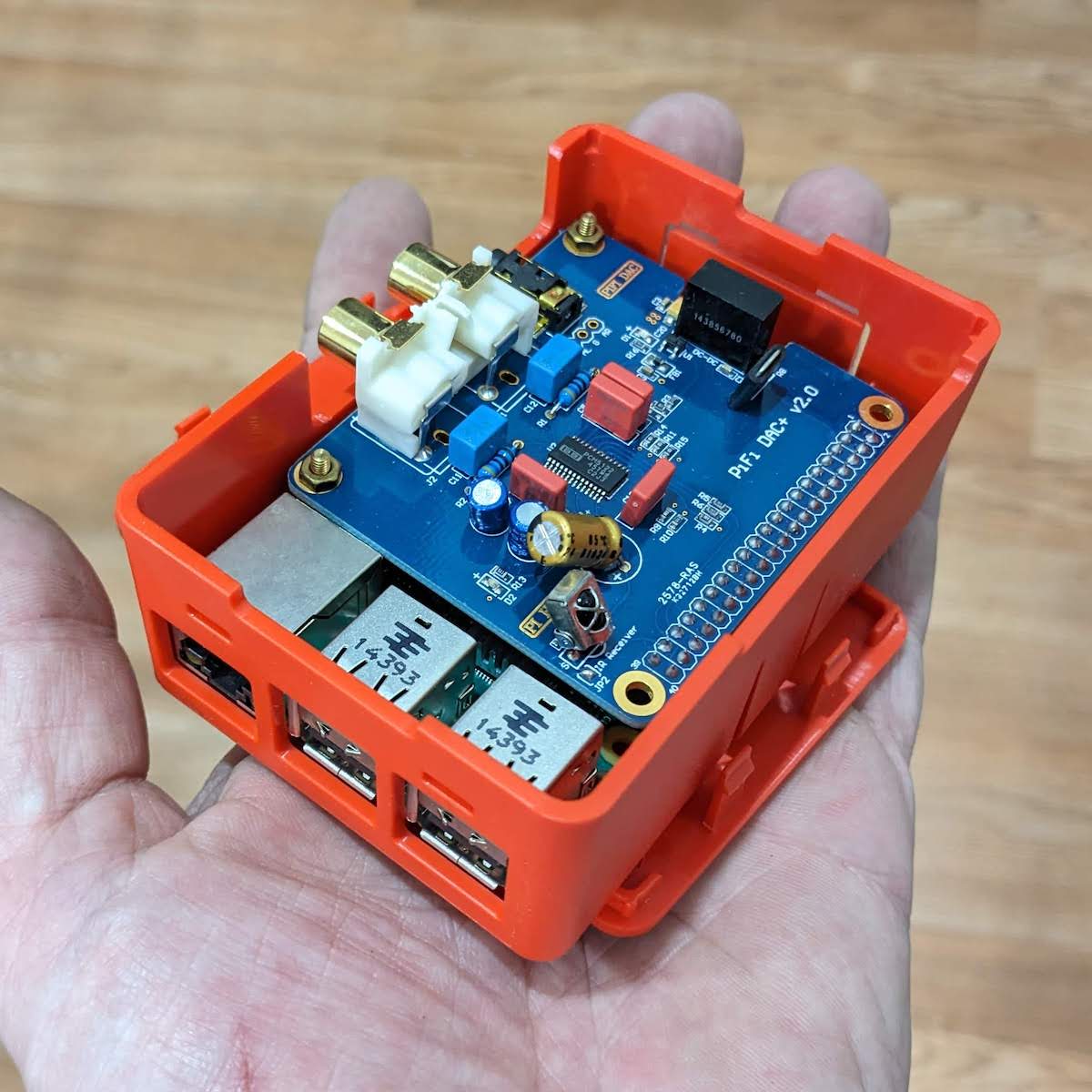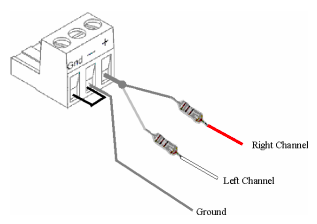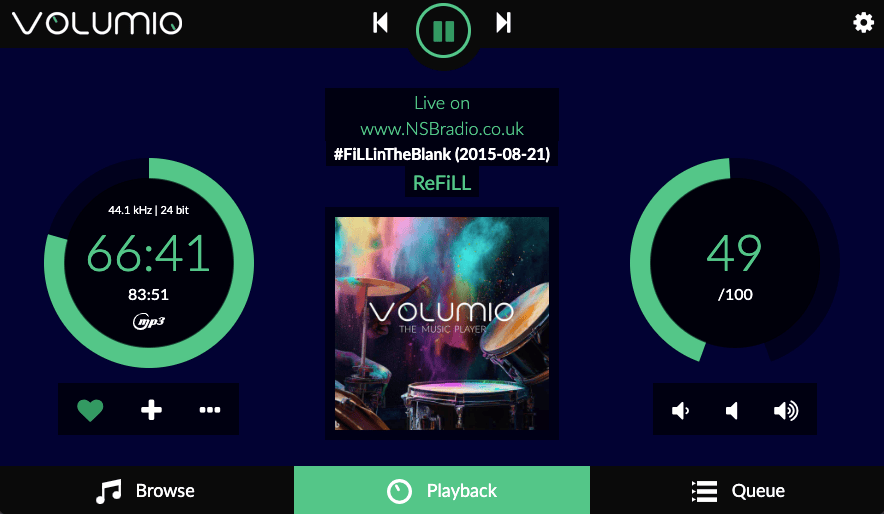Replacing my Sonos Audio system due to the encroaching enshittification.
I've admitted defeat. After years of cultivating a delightfully loud network stereo system, hearing loss and tinninitus (or age?) have removed any of the wondrous benefits. I'm deaf and dumbfoundedly accepting that the Sonos network speakers I once used to love dearly have only ever had mono output, and with their generational hardware snafus, you're doomed running two Sonos Apps to use both old and new speakers. A bit of a slap in the face for a devoted, long-time Sonos fan, amiright? I'm decidedly over brand name network speakers and their required App.
And boy, do Sonos deliver Ads. Ads before you change channels, Ads inserted into other streams when they deem you're due to pay the attention tax. Network burped? Better run an Ad again. Didn't I buy Sonos to avoid hearing Ads in the first place? I wanted to replace a radio, which is only free so they can play you Ads every 10 minutes.
It looks like I'm better off eBaying my old Sonos gear now before they become completely worthless. I've seen the encroaching enshittification, and I am out of here.
DIY SBC PA
I'm a devoted Raspberry Pi fan, and have blogged about it before. I used to (in a moment before I fully adopted the Sonos ecosystem) run my own Network Audio player using Volumio and a (generic) Hifiberry (compatible) DAC Hat. It's time to replace my house audio system from all Sonos to all homebrew. In the ensuing years, Volumio has shifted its freemium software model to a split free / subscription model. You can get by with the Free version, and you can avoid using any 'Premium' subscription services while configuring your system.

I'll bear you the graphic details of assembling the Hat onto the Pi and copying the Volumio OS onto an SD Card and configuring Volumio for your hardware. I'll also assume you have the amplifier and speakers and understand the basics of PA systems. In the end, you should have a new device on your home network, which you can access from a web browser, and step through the rest of the Volumio configuration:
http://volumio.local/Speaker Placement
Speaker wire is cheap, and since I've done all the renovation work on my place, I know where I can easily run new cable and easily drop in some inexpensive but great sounding ceiling speakers. The Kitchen and Living Room are the only two rooms that will be getting house audio, so it's fairly easy wiring and simple split-house audio setup.
Mono: Not the Sickness

As I stated above, I'm going to distribute Mono Audio to all of the speakers in my house. Yes, there are pairs of speakers in each room, and they are wired in parallel. The DAC outputs stereo signal, which I run through a custom wired circuit (see sidebar) to sum the stereo signal into mono and then split the mono signal into two outputs. Each Mono output is then sent to my Amplifier, and instead of left or right channels, I have each pair of speakers in each room hooked up to each channel. This way, I can 'tune' the house to have equivalent volume in each room (considering speaker location, size, wattage or ohms). I can also set the maximum volume for the entire PA system (no, not up to 11!) so that I won't blow out the speakers nor disturb neighbors with unnecessarily loud music.
Volumio will then manage the volume of the audio from the Raspberry Pi, and we can put the entire Raspberry Pi + Amplifier / PA system in a closet somewhere. It'll go in my Home Rack, and the tiny Raspberry Pi has enough open USB ports to add all sorts of external hard drives with your own music library. I threw a cheap USB stick with all of the backups of DJ sets from my favorite (now defunct) radio station NSB Radio and can now get endless radio-like themed and mastered shows that are completely devoid of TuneIn advertisements.
